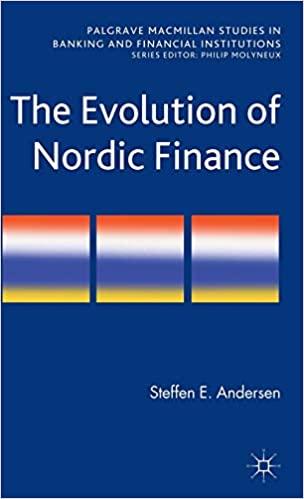
The following table shows prices for exchange-traded options on the same common stock; the current stock price is $56.40. All prices are on a per share basis. An r indicates the contract did not trade; an s indicates a contract has not been opened. Draw the net profit/loss (gross payoff net of initial cash-flow) diagram for each of these positions. Assume they are held until expiration and ignore the time value of money. You may show only the combined net payoff: it is not necessary to show the payoffs for the individual legs. 1. A butterfly spread (write two options of the middle strike option, buy one each of the low and high strike options) using the November K=50,55,60 call options. 2. A bottom combination (buy one of each option) with the October K=55 put and the October K=45 call options. 3. A two-for-one reverse hedge (short-sell one share of stock, buy two calls) with the November K=60 call options. 4. A bullish vertical spread (write one of the high strike option, buy one of the low strike option) using the January K=50 and K=55 put options. Clearly label/indicate all important points, i.e. maximum profit and loss dollar amounts, striKe prices, and y-axis intercepts and break-even stock prices ( x-axis intersection(s).) Drawings should be on a per-share basis and do not need to be to scale. They may be done by hand, but they MUST be neat and legible. The following table shows prices for exchange-traded options on the same common stock; the current stock price is $56.40. All prices are on a per share basis. An r indicates the contract did not trade; an s indicates a contract has not been opened. Draw the net profit/loss (gross payoff net of initial cash-flow) diagram for each of these positions. Assume they are held until expiration and ignore the time value of money. You may show only the combined net payoff: it is not necessary to show the payoffs for the individual legs. 1. A butterfly spread (write two options of the middle strike option, buy one each of the low and high strike options) using the November K=50,55,60 call options. 2. A bottom combination (buy one of each option) with the October K=55 put and the October K=45 call options. 3. A two-for-one reverse hedge (short-sell one share of stock, buy two calls) with the November K=60 call options. 4. A bullish vertical spread (write one of the high strike option, buy one of the low strike option) using the January K=50 and K=55 put options. Clearly label/indicate all important points, i.e. maximum profit and loss dollar amounts, striKe prices, and y-axis intercepts and break-even stock prices ( x-axis intersection(s).) Drawings should be on a per-share basis and do not need to be to scale. They may be done by hand, but they MUST be neat and legible







